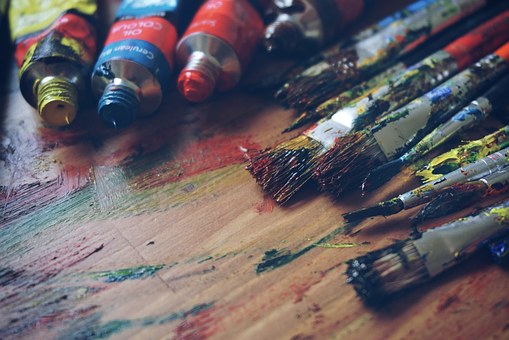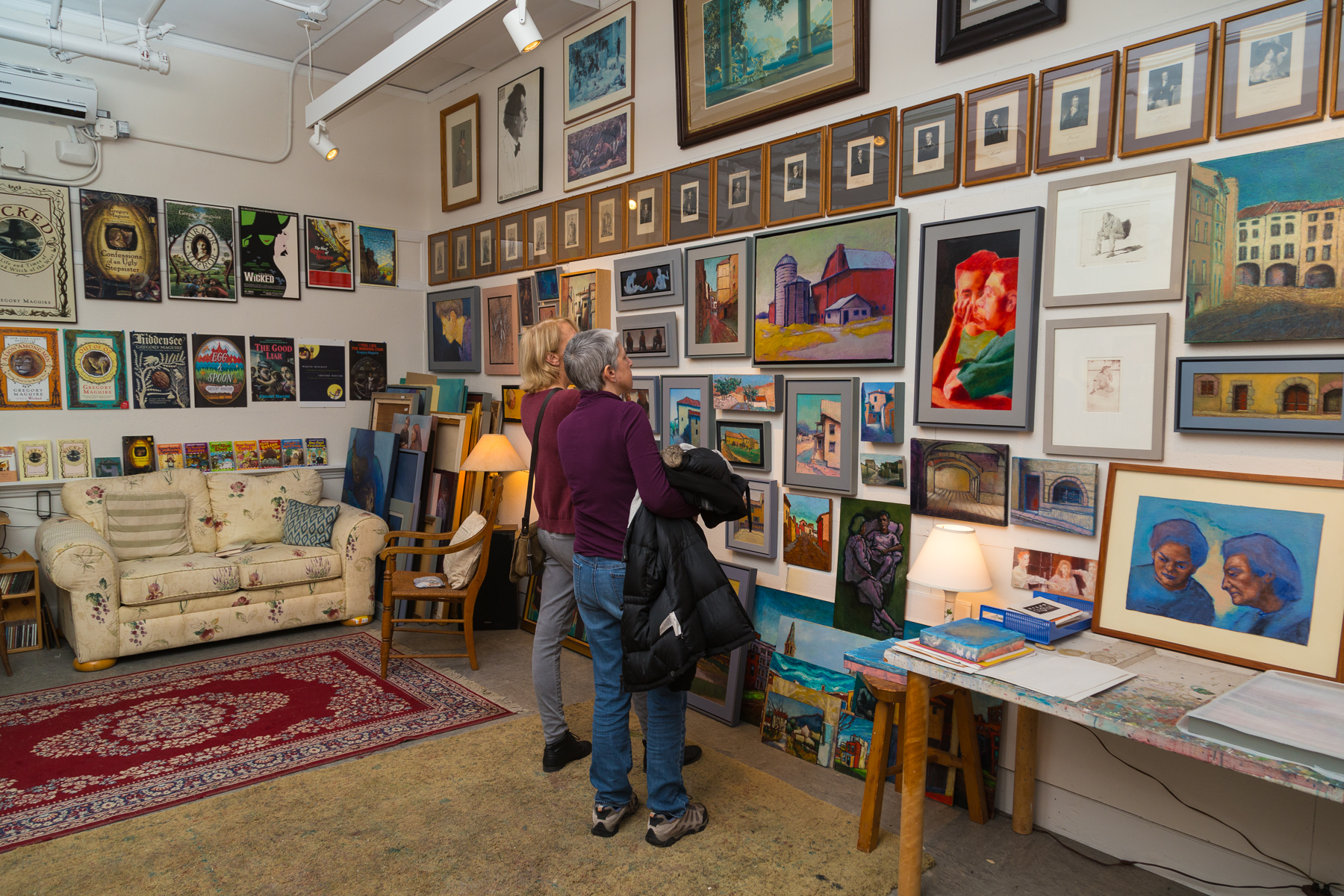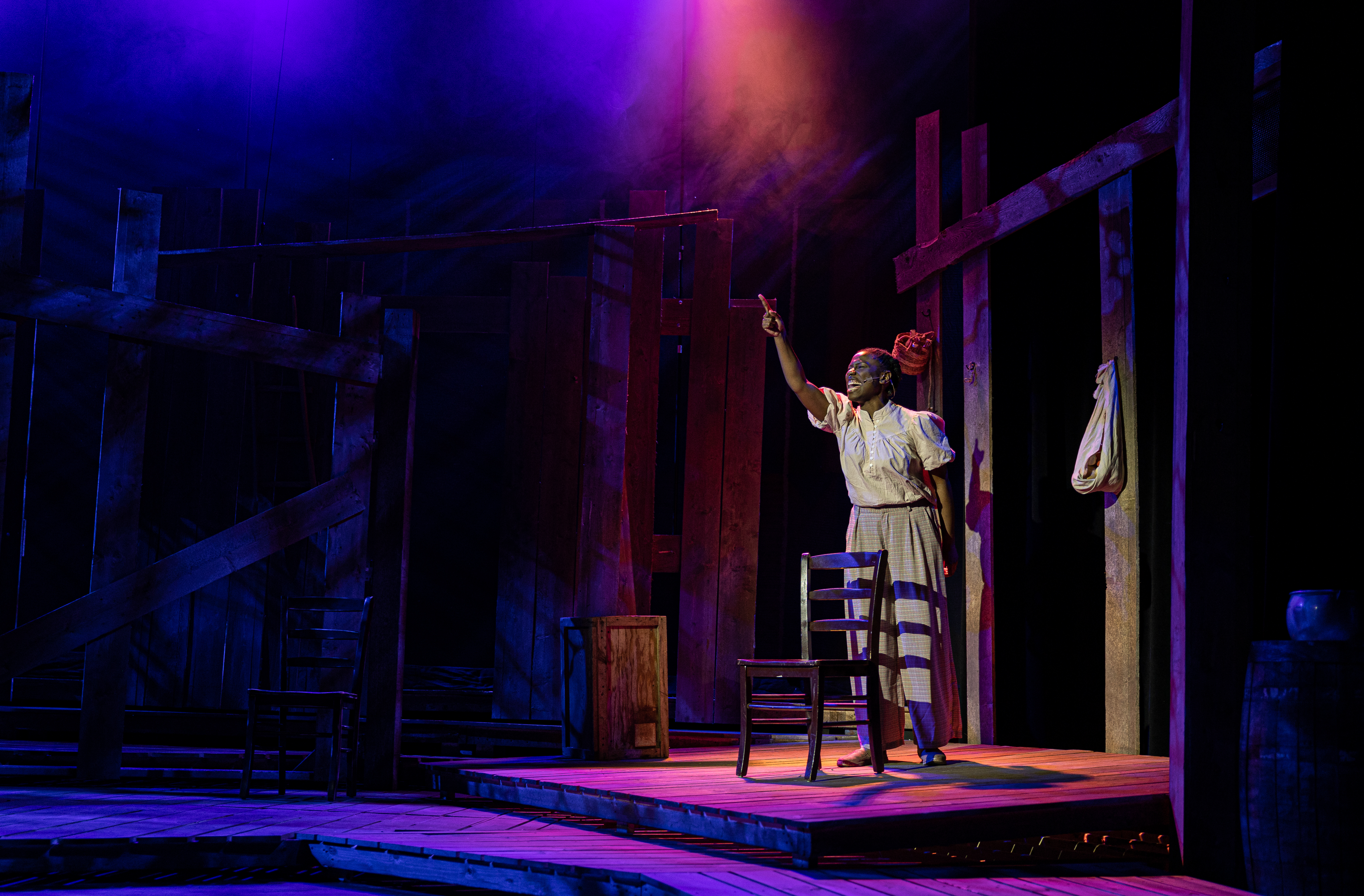EM3050 Activity: Water Filters
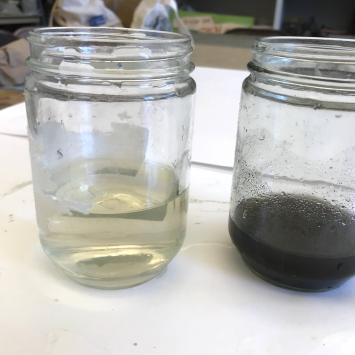
During a discussion of this year’s Earth Day theme “Water,” I ran across some frightening statistics: 844 million people lack basic drinking water access and 2.3 billion people live without access to basic sanitation. It made me realize how fortunate most Americans are to have clean water so readily available that we never even think about it. But as with knowing where our food originates, it seemed important that also we know where our water comes from and goes to. I thought a short video about water in Concord could help. When I expressed this idea in a meeting, Melissa Simoncini from Concord Public Works, Water & Sewer Division, responded enthusiastically and a wonderful collaboration began.
Melissa was my partner in creating the concept. She selected locations to film, arrangied visits and interviews, provided historical material, pointed out the good shot angles, provided many of the words for the voiceover, and taught me how it how it all worked. She also introduced me to the remarkable William Wheeler, a young ninteenth-century engineer who more than anyone was responsible for Concord’s early water works, sewer structure, and electric light system.
Melissa and I had hoped to do more, especially showing more of the people who keep it all running today. But the COVID-19 restrictions intervened, making access to people, historical photos, and many resources impossible. We are hoping to do a revised version when we can all go out again.
-Dan Kemp
OBJECTIVES
To learn about our local water treatment systems, from bringing water from local ponds to our taps, and then returning that water - clean of bacteria and pollutants -- back to the watershed system.
MATERIALS
"The Concord Water Story" Video by Dan Kemp
4 coffee filters or paper napkins
Plastic cup with hole at bottom, or kitchen funnel
A handful of sand, a handful of gravel
Jar of pond water
Empty jar
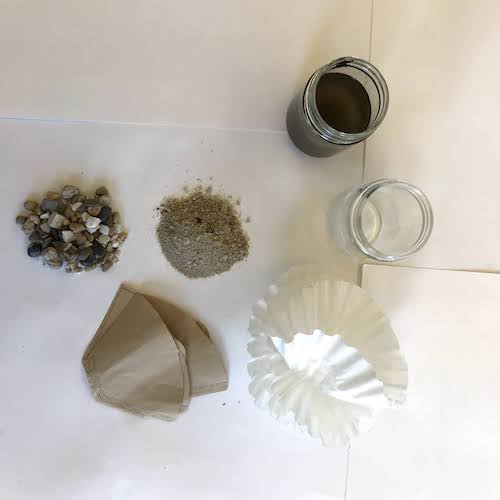
ACTIVITY
- Watch the mini-documentary, “The Concord Water Story” by Dan Kemp, in collaboration with the Concord Water Department and Melissia Simoncini. This 10-minute film explores the questions:
Where does our drinking water come from?
What does it take to make water potable?
Where does our wastewater (poop) go? - Make your own water filter! Somewhat mimicking the process you observed in the documentary, watch silted creek/pond water become clear(er)!
(CAUTION: This process does NOT guarantee potable water). Here's one video with recipe and method. - Take a photo of the jar with dirty water
- Lay out four coffee filters.
- In one, pour a scoop of sand; in another, pour a scoop of small gravel stones.
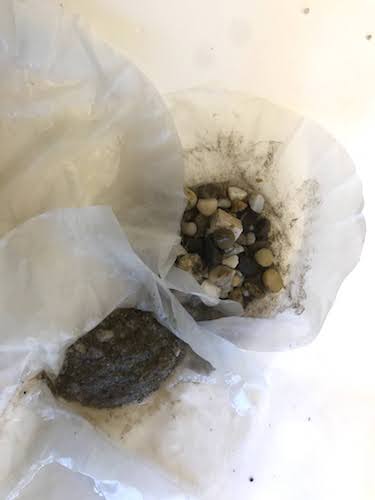
- Layer the filters in the funnel/filter cup in this order: two empty filters, filter with sand, then filter with gravel.
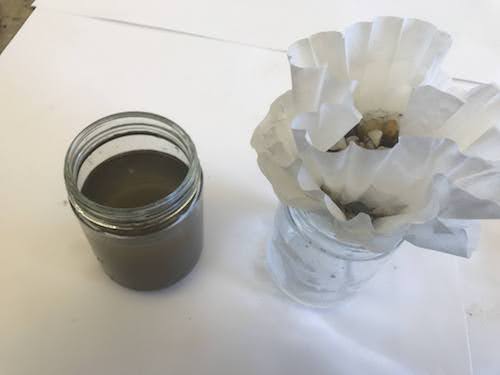
- Set funnel/filter cup on top of clean jar and pour water over the filters.
- Take photo of the clean(er) water!
Connection to Voyage of the Yellow Wellies Bootprint C9, S3: Note that Great Meadows Wildlife Refuge used to be part of Concord’s water treatment system. Wetlands naturally filter water, removing sediments and toxins!
Dan Kemp retired after a career in software development, went back to graduate school for a master’s degree in environmental studies, and then became obsessed with photography and making videos. He has been associated with Musketaquid for five years, and his previous contributions have been written newspaper profiles of Musketaquid people and Earth Day Parade performers. He divides his time between Wellesley, MA, and Holderness, NH.
The Concord Water Story from Dan Kemp on Vimeo.
Share your photos, journal pages, thoughts, experiences, and/or feedback with us! Post on social media with hashtags:
#umbrellaarts #musketaquid #concordearthday #musketaquidearthday #earthday3050
Or email Caroline at caroline@theumbrellaarts.org
Special thanks to our Earth Month sponsors



